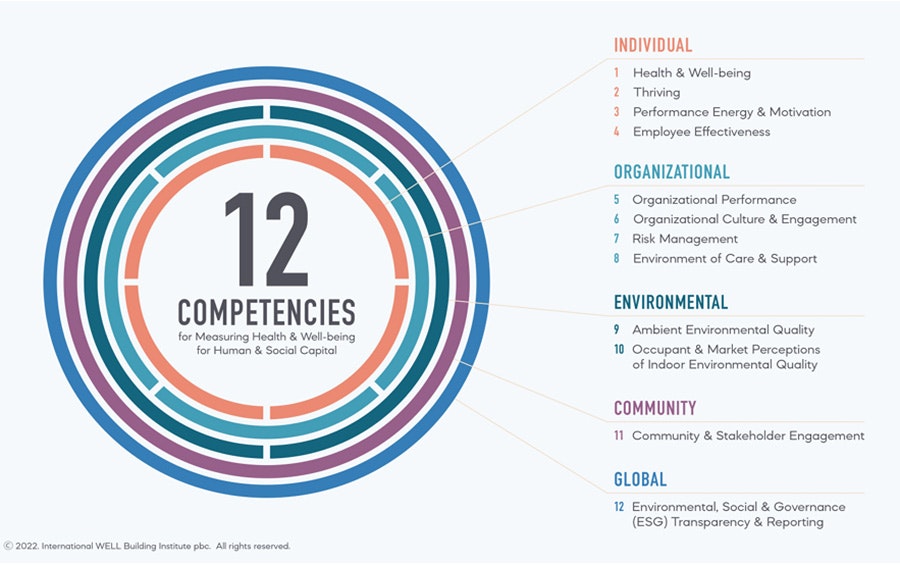Greenbuild Blog
Effect vs. Effort: Tools for ESG Reporting and Strategy
By Nick Vener
March 7, 2024
Global professionals across green building and sustainability sectors have a key role in proliferating and developing one of the industry’s most talked about acronyms. ESG, or Environmental Social Governance, is a broad market movement pushing corporations from short-term to long-term sustainability.
With ESG comes many factors that significantly affect the green building industry for the better, broadening the scope of building healthier buildings in terms of climate, DE&I, or local regulations. Many companies also see ESG as a way to differentiate themselves from competitors in the market.
As ESG moves closer into the spotlight, it becomes subject to common criticisms, including claims that ESG data is unreliable, ESG factors are not tied to financial performance, and ESG reporting is too burdensome.
At Greenbuild last year in Washington, DC, one of the top attended sessions was “Moving from Effort to Effect: Perspectives from the front lines on ESG reporting and strategy implementation beyond checking the box.” This March, we’re focusing on ESG and revisiting this session to identify a few of the tools experts recommend for targeting Effort to Effect regarding ESG reporting and strategy.
According to the Greenbuild session above, phase one in improving your company’s ESG progress in commercial real estate involves identifying what to track and how, as it is essential for a holistic approach across five levels:
- Individual – do you conduct occupant surveys?
- Organizational – do you have risk management policies in place?
- Built environment – do you design your space to address health and wellbeing?
- Community – do you have community engagement policies?
- Global – are you utilizing existing environmental government data?
In identifying phase one of your ESG strategy, various tools help today’s ESG and sustainability professionals finetune the reporting metrics in a notoriously broad area. Essential tools available for free allow you to target Effect vs. Effort in your ESG initiatives.
The 12 Competencies
The 12 Competencies are a guiding framework for measuring health and wellbeing for human and social capital. They offer a way to re-think how health and wellbeing strategies can help drive their organizational culture, strategy, and ESG reporting.
Organized into five levels, the 12 Competencies reference the socio-ecological framework used extensively in public health. This structure helps users explore ways in which health, wellbeing, and other human and social capital outcomes interrelate across multiple scales of influence, including individual, organizational, environmental, community, and global. You can learn more by downloading IWBI’s report here.


SEAM Certification
In a similar format to the 12 Competencies, the SEAM Certification is another framework that approaches the “S” in ESG from an international perspective. SEAM is an acronym for Social Equity Assessment Method and serves as a roadmap for any commercial real estate project that defines responsibility and reaction.
Serving as a logical model and scoring system for ESG, the SEAM Standard is a graphic depiction of activities and intended effects, measuring: inputs, activities, outputs, outcomes, and impact.
You can learn more about how the SEAM Standard supports the UN Sustainable Development Goals and internationally recognized standards at seamcertification.org.
The WELL Building Standard
Another standard that we’ve discussed before that also applies to ESG reporting and strategy development is The WELL Building Standard. This standard applies the science of how physical environments affect human health, and wellbeing performance, taking a holistic approach to health in the built environment addressing behavior, operations, and design.
According to their website, WELL is grounded in a body of medical research that explores the connection between the buildings and the health and wellness impacts on us as occupants.
You can download the WELL Building Standard here, and iterations for retail, multifamily residential, education, restaurant, and commercial kitchen.

The three frameworks or standards mentioned above, coupled with blueprints like JLL’s report, “Workplace: Powered by the Human Experience,” offer compelling case studies for companies to identify what outputs companies have and how they can minimize their impact.
Although we have tools to help develop ESG initiatives, there remain gaps or areas for growth in measuring ESG. Overall, the key things to keep in mind include:
- Having multiple data sources to have a holistic approach to ESG reporting.
- Agreed-upon categories of measurement and tracking can standardize the “S” in ESG and include both risk mitigation.
- Business case needs data across different scales to connect investment with outcomes, which is the hardest to do, but directly aligns with metrics that businesses care about.

